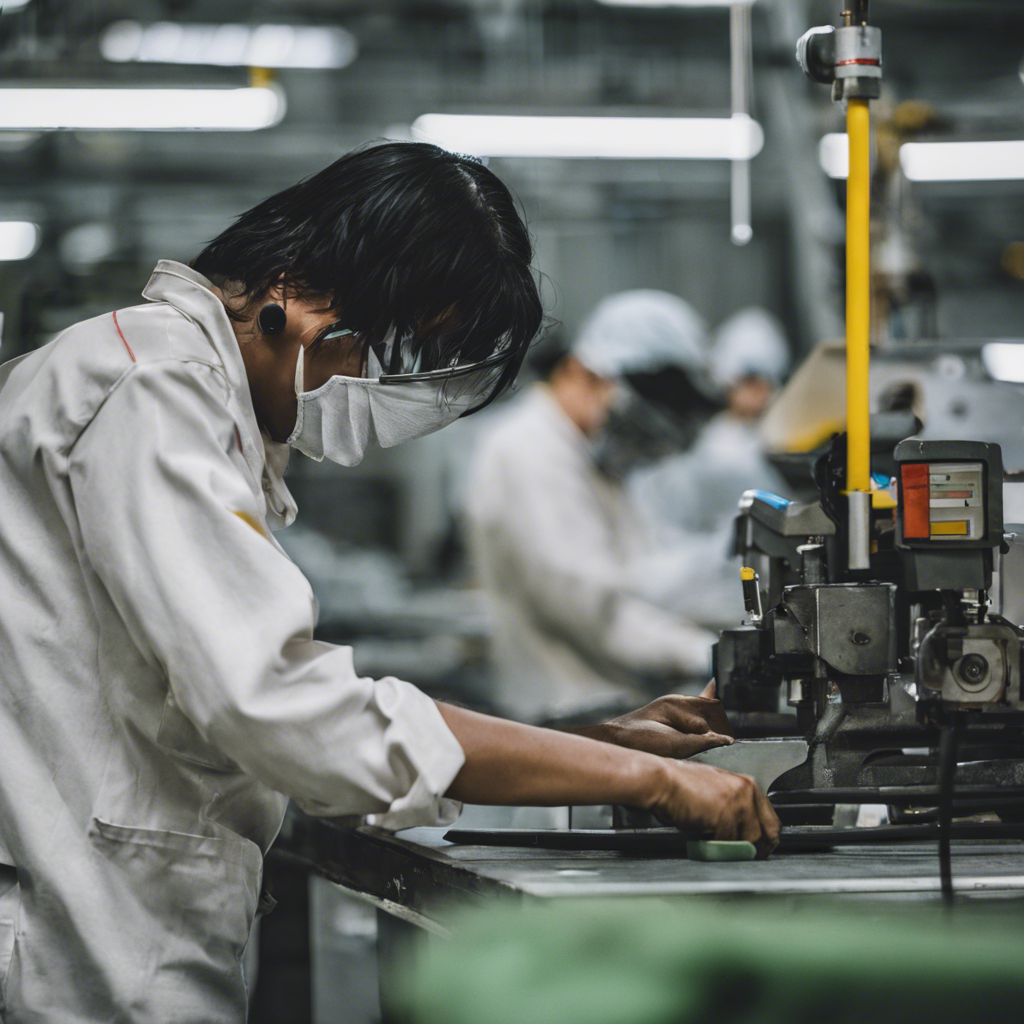
Welcome to the final part of our guide. If you are observant, you may have noticed that in our previous article, I did not indicate number XIII in the list of causes. The reason is that, in my opinion, this cause requires a particular article; it should be a simple topic, but in practice, it becomes more complicated. In addition to explaining what the Federal Labor Law indicates, I will share a bit of my experience on this topic.
Causes of Termination of Employment
Law: “XIII. The worker attends his duties in a state of drunkenness or under the influence of some narcotic or narcotic drug, except when, in the latter case, there is a medical prescription. Before starting his service, the worker must inform the employer of the fact and present the prescription signed by the doctor;”
Speaking of alcoholic beverages
In Mexico, alcoholic beverages are widely accepted and are part of the social culture. They are consumed in a variety of contexts, such as celebrations, family and social gatherings, as well as sporting events. The country has a rich tradition of alcoholic beverages, such as tequila, mezcal, and beer, which are highly appreciated both nationally and internationally.
However, the widespread acceptance of alcoholic beverages in Mexican culture can generate some conflicts in the workplace, especially regarding absenteeism, productivity, and workplace safety.
Excessive alcohol consumption can lead to employees arriving late or being absent. It is very important for companies to have policies to prevent the entry of people under the influence of alcohol, and for department heads to be very clear that there should be “zero tolerance” for placing personnel under the influence of alcohol (also known as drunk).
But we have another problem
There should also be a policy prohibiting the entry of alcoholic beverages to the company’s facilities, as some people are so accustomed to drinking alcohol that they drink beer or liquor as if it were a soft drink. Although it is not common, I have come across cases where operators are drinking beer “because they are hot” or some unconscious individuals think that if they only drink a specific amount of beer, it does not affect them. That’s why you hear phrases like “it was just the 3 of rigor,” thinking that by indicating that they only drink a specific amount of liquor, they justify their consumption within the company.
And how does this affect? Alcohol consumption during working hours can affect workplace safety, especially in industries where attention and coordination are required, such as construction or heavy machinery operation. In the event of an accident, if it is detected that the person was intoxicated at the time of the accident, the first line of investigation by the authorities will be why the company allows this bad practice.
And what about drugs?
At the risk of sounding repetitive, it is essential for companies to establish clear policies prohibiting drug use in the workplace and to establish the consequences of non-compliance with these policies.
Another measure is drug prevention and education programs in the workplace, initiatives designed to inform and educate employees about the risks associated with drug use and promote healthy behaviors.
How to identify offenders?
Drug detection and testing in the workplace are part of the prevention and occupational safety programs that some companies implement to ensure a safe and drug-free work environment. Examinations can be used to detect the presence of illicit substances in employees’ bodies. Tests can be performed using urine, hair, saliva, or blood samples.
Establishing clear policies on when and how drug tests will be conducted, as well as the consequences for employees who test positive, or implementing random drug tests to detect recent illicit substance use.
There are also tests conducted when there is a reasonable suspicion of drug use by an employee, such as changes in behavior or work performance.
It is important for companies to act fairly and consistently in addressing drug use in the workplace, while ensuring a safe and healthy work environment for all employees.
Termination of Employment: Basic Guide, Part 4
Termination of Employment: Basic Guide, Part 3
Termination of Employment: Basic Guide, Part 2
Termination of Employment: Basic Guide, Part 1
“Si te drogas, te dañas (If you do drugs, you harm yourself.)”
– The Mexican advertising campaign, a strategy for addiction prevention. –




